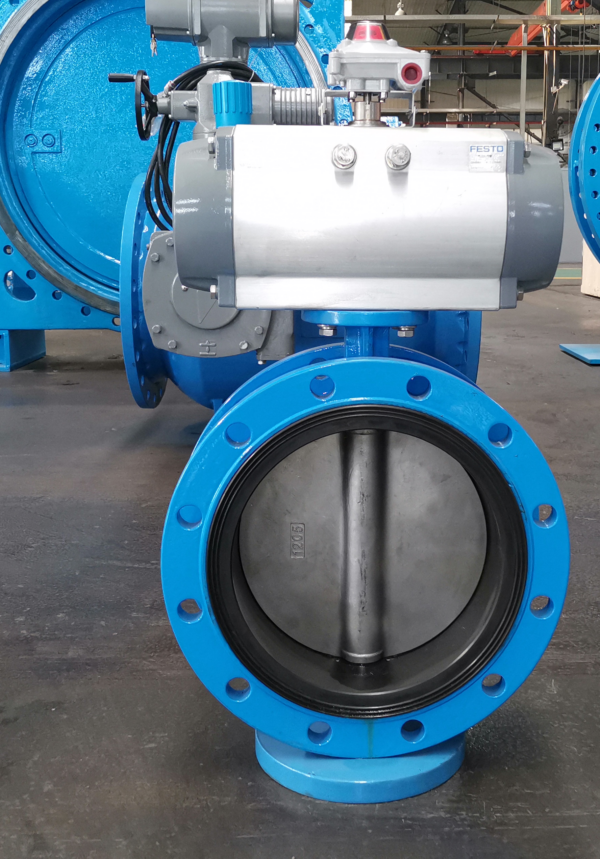Determining the optimal location for installing electric pneumatic butterfly valves within pneumatic circuits requires careful consideration of several key factors to ensure efficient operation and optimal performance.
Here are the factors to consider:
- System Requirements: Understand the specific requirements of the pneumatic system, including the desired flow rates, pressure levels, and operating conditions. The location of the valves should support these requirements and facilitate the desired functionality of the system.
- Flow Direction: Consider the direction of airflow within the pneumatic circuit. Valves should be positioned to control the flow of air in the desired direction, ensuring that they facilitate the intended movement of pneumatic actuators, components, or processes.
- Accessibility: Ensure that the valves are easily accessible for installation, operation, and maintenance. Locate the valves in areas where they can be readily reached for adjustment, inspection, or servicing without requiring extensive disassembly or downtime.
- Space Constraints: Take into account any space constraints or limitations within the pneumatic system or equipment. Position the valves in locations that minimize interference with other components, piping, or machinery and optimize the efficient use of available space.
- Piping Layout: Consider the layout of the pneumatic piping network and the placement of other components within the system, such as actuators, sensors, filters, regulators, and control valves. Locate the electric pneumatic butterfly valves in positions that facilitate efficient integration with the existing piping layout and support optimal system performance.
- Operating Environment: Evaluate the environmental conditions surrounding the pneumatic circuit, including temperature, humidity, exposure to contaminants, and potential hazards. Install the valves in locations that minimize exposure to adverse environmental factors and ensure reliable operation under varying conditions.
- Pressure Drop: Minimize pressure drop across the pneumatic circuit by positioning the valves in locations that facilitate smooth airflow and minimize turbulence. Avoid installing valves in areas with sharp bends, restrictions, or obstructions that could increase pressure losses and reduce system efficiency.
- Control Strategy: Consider the control strategy and sequence of operations within the pneumatic system. Position the electric pneumatic butterfly valves in locations that support the desired control logic, sequence, or timing of valve actuation to achieve the intended system behavior and performance.
- Safety Considerations: Ensure that the installation of the valves complies with relevant safety standards and guidelines. electric pneumatic butterfly valves Locate the valves in areas that minimize safety risks, such as exposure to high temperatures, electrical hazards, or mechanical hazards, and implement appropriate safeguards to protect personnel and equipment.
- Feedback and Monitoring: If applicable, consider the need for feedback signals or monitoring of valve position, status, or performance. Install the valves in positions that facilitate the integration of sensors, switches, or monitoring devices to provide real-time feedback and enable effective control and supervision of the pneumatic system.
By carefully considering these factors and evaluating the specific requirements of the pneumatic system, operators can determine the optimal location for installing electric pneumatic butterfly valves within pneumatic circuits, ensuring efficient operation, reliable performance, and safe and effective control of pneumatic processes.
